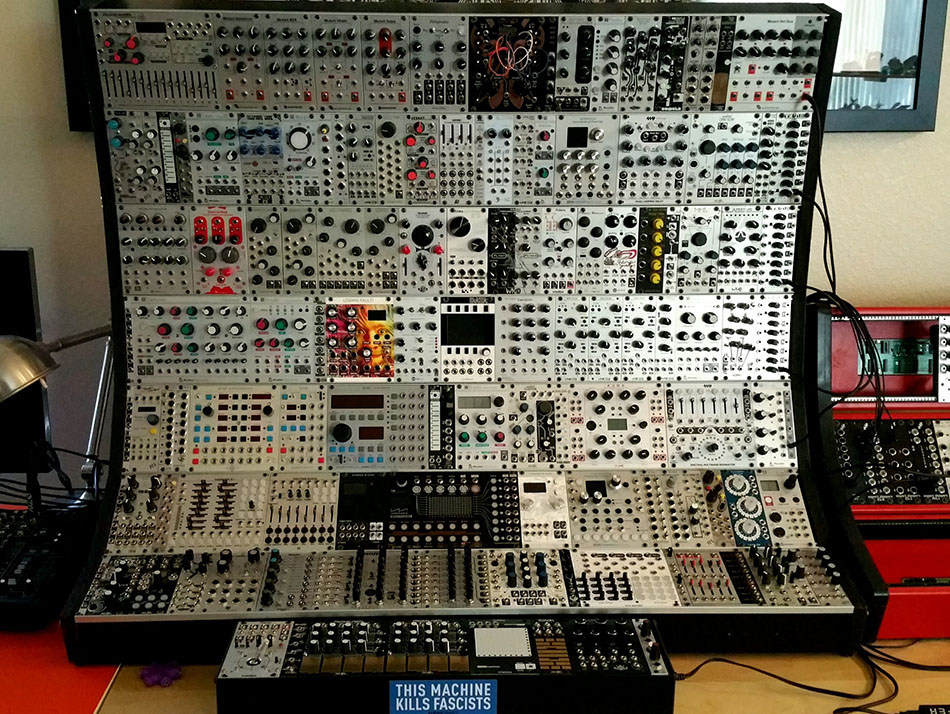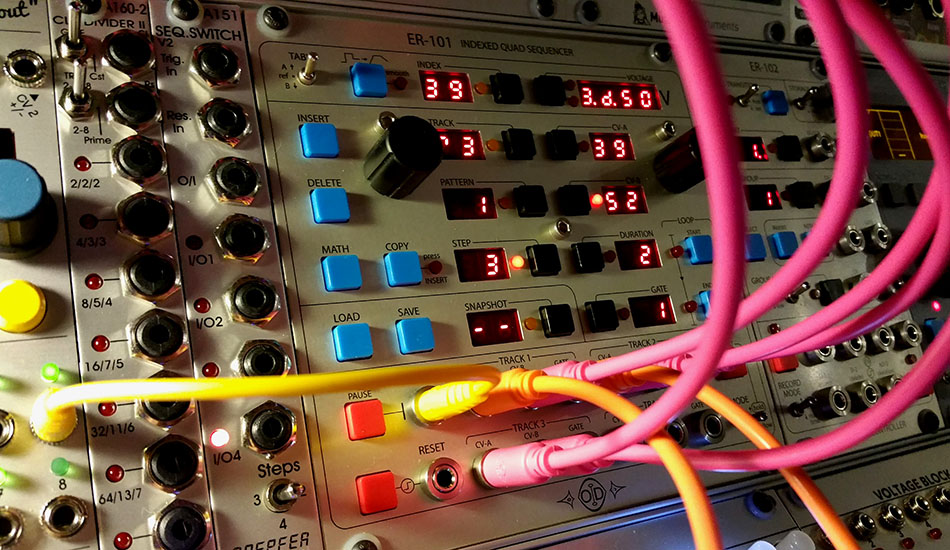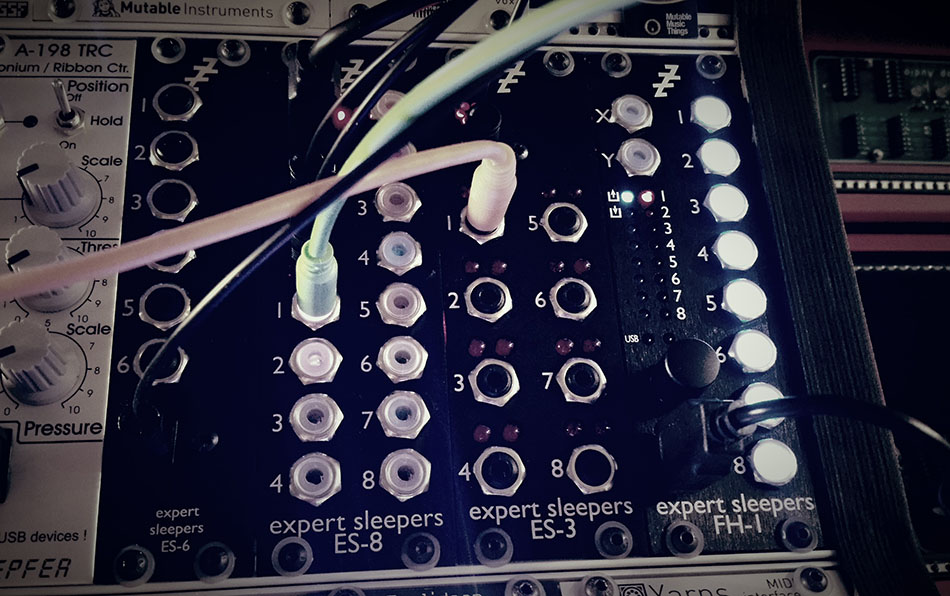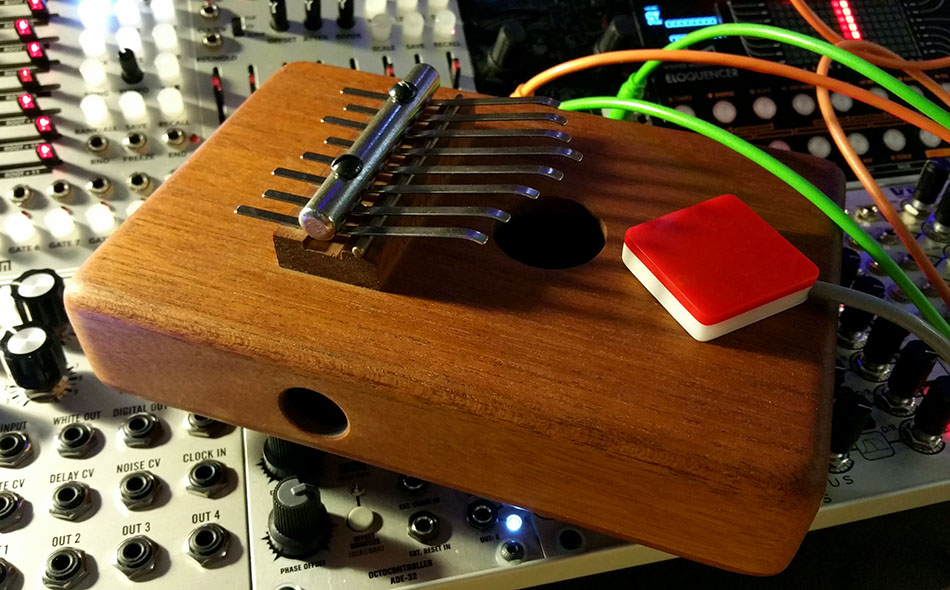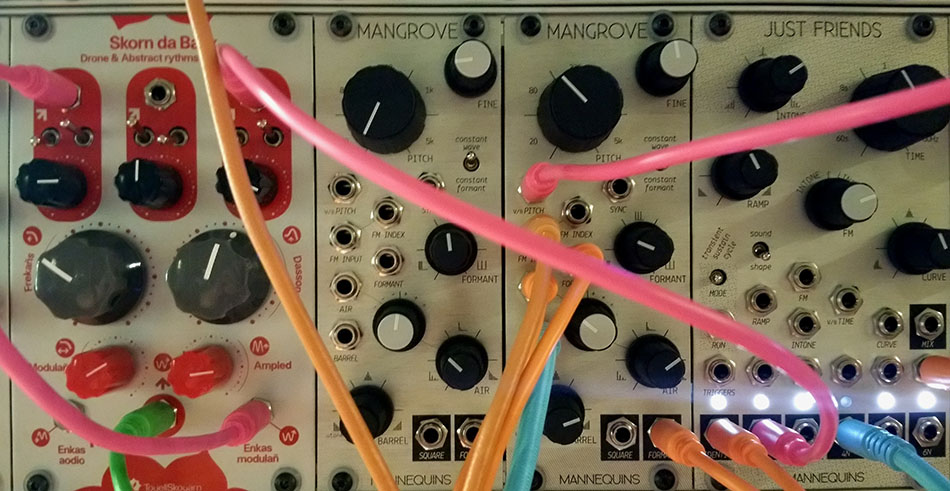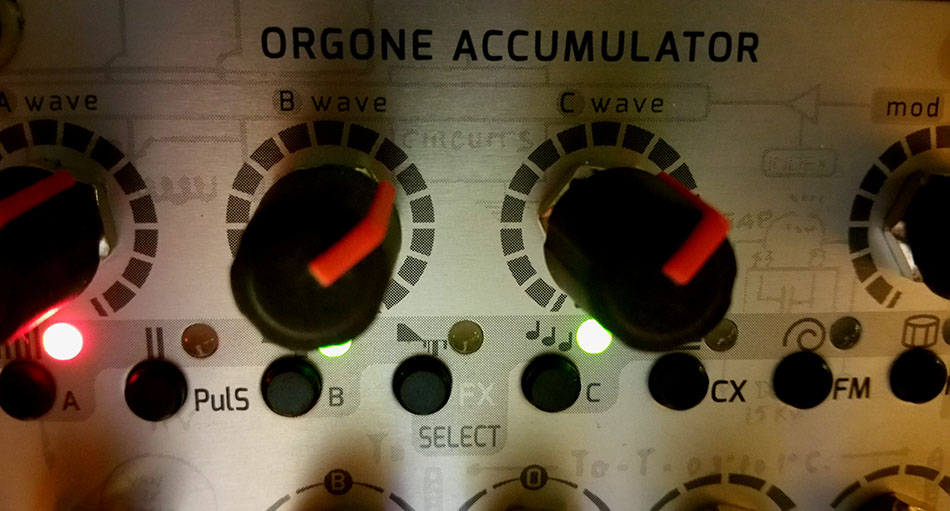
I can sense I’m on the verge of losing some of the naivety that has kept modular synthesis a mystery to me. There has been many a moment of absolute frustration that the language of control voltages and audio signals is something that has come to us from a parallel universe inhabited by a higher order of beings that are steeped in complexity.
There are mixed emotions that come with knowledge, even if it is yet a weak bit of knowing that you can identify that you are on the tip of the iceberg. It’s the place in the journey you start to understand that if you keep on the path, you just might arrive at that point off in the distance. The previously impossible is becoming a possibility.
I’ve tried committing to creating some small patches as morning exercises so that I can start my day making new connections. I’d almost given up on that idea today, as I was running out of time before I had to leave for the office.
With just minutes to spare and the wife pressing me to finish getting ready, I powered on the rig and grabbed a few patch cables. Which voice to start with? It’s got to be quick. Ah, I haven’t touched the Orgone Accumulator in a minute.
The first step was patching this oscillator to the Levit8 mixer and then get the signal moving. I’ve been relying on the Eloquencer a lot lately, so I opted to patch into the CV out of the Varigate 8+. The pitch is now jumping around through the 1V/Oct jack. What next? Out of the Tides, I send the Unipolar signal into the Orgone Accumulator quickly, followed by signals from the Batumi and Mini Slew. I have an interesting sound going, so I take the patch cable from the Levit8 and jam it into the Three Sisters filter, but I know I can spice this up, too. Out of the Spectrum oscillator, I go for the saw out and patch it into the FM jack on the Three sisters. One last step by plugging the Sloth into the 1V/Oct jack of the Spectrum so I add a little more movement to the FM signal.
The patch is done; got to go. Then I have the realization on my way out the door I understood enough to build this still primitive audio fragment in less than five minutes. It’s not great; it’s not even good, but mere months ago, I could hardly get a signal out of even the most basic module. Naivety is being muscled out of the way by the developing strength of constant exercise.
